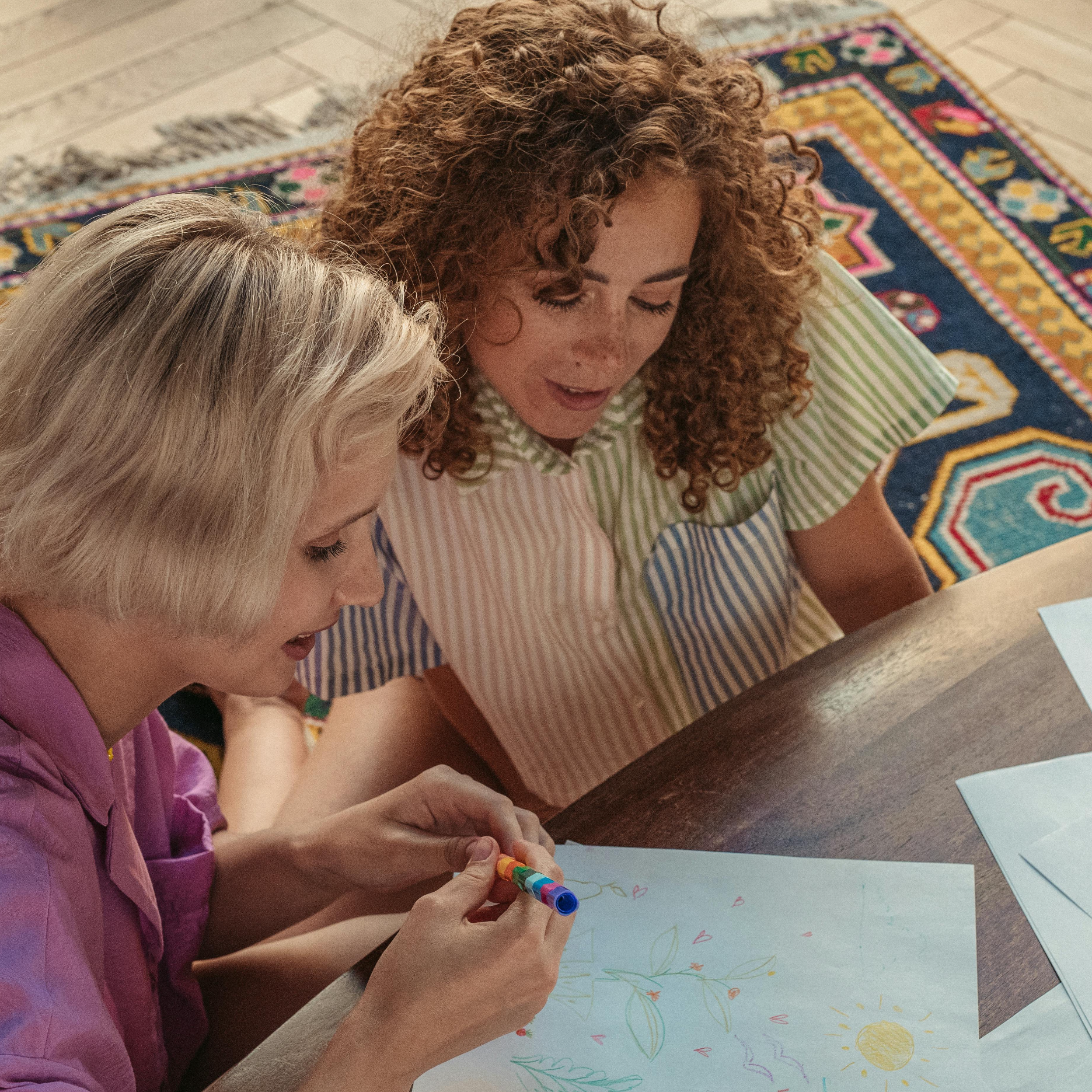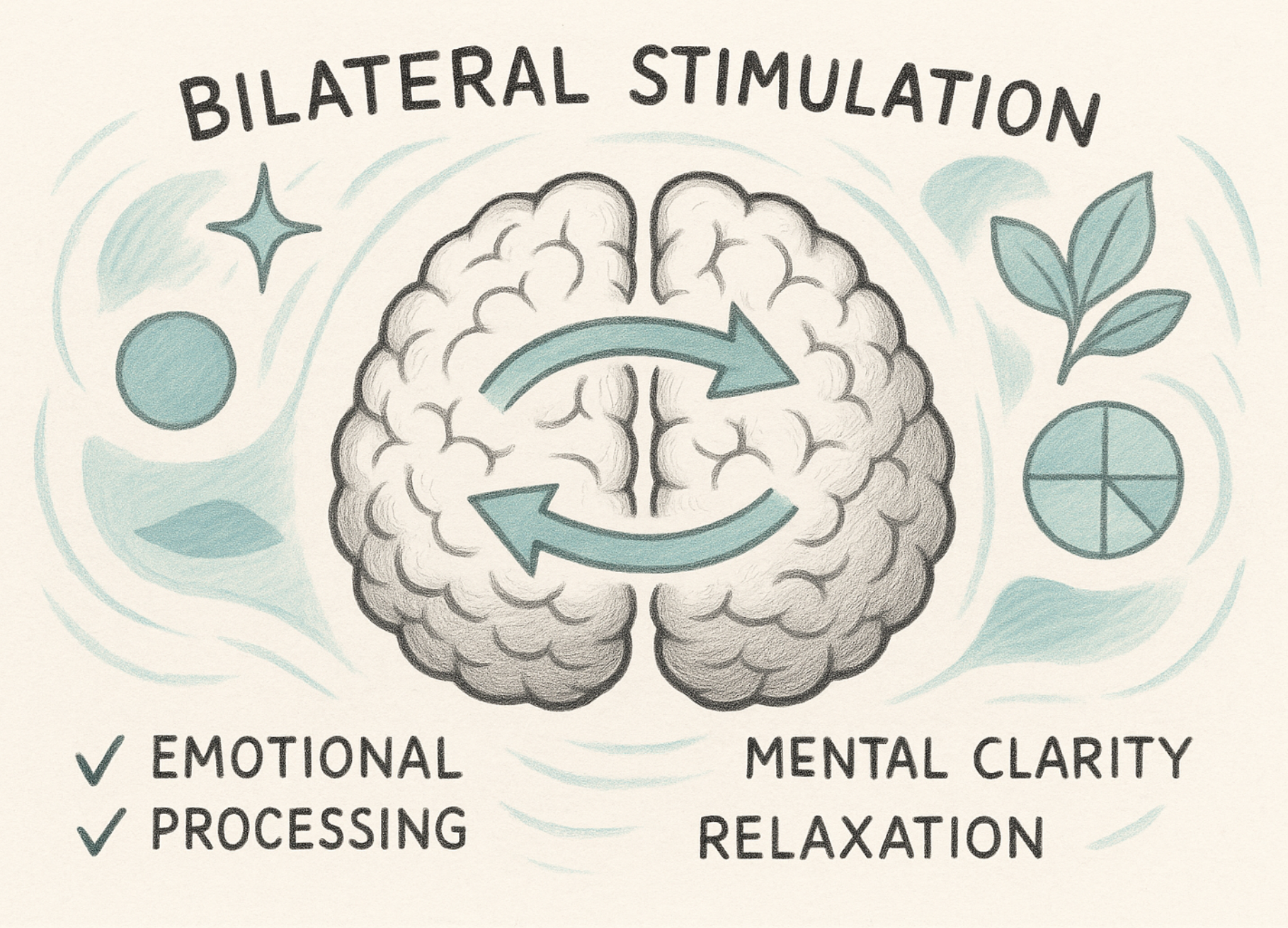
Imagine you’re sitting in a cozy art studio filled with vibrant colors and materials all around you. You’ve been finding a sense of calm in your painting, but there’s a little voice nudging you to explore something deeper. This is where an art therapist can step in with some enriching dialogue.
Art Therapist: “I see how the colors you’re using bring you peace. What if we explored what’s behind those choices? Would you be willing to share what certain colors mean to you?”
This kind of question invites you to reflect on your emotional palette—maybe blue makes you feel tranquil, while red stirs up passion or anxiety.
As you chat, the therapist might encourage you to try something new:
Art Therapist: “Let’s experiment with adding some contrasting colors. How do you feel when that bright yellow meets the calm blue? Sometimes embracing tension can reveal hidden emotions.”
Here, the therapist isn’t just guiding your artistic process; they’re helping you navigate your feelings through color and form. It’s a back-and-forth exploration that opens doors you may not have known existed.
Another example could be:
Art Therapist: “When you look at your finished piece, what stories come to mind? Let’s create a narrative around it. How does that story relate to what you’re experiencing in life right now?”
This approach helps you connect personal experiences to your artwork, fostering a deeper understanding of yourself.
By working together in this way, you gain tools and insights that enhance your calmness while challenging any perfectionist tendencies. It becomes an opportunity not just for self-expression, but for transformation and growth. Art therapy isn’t about creating a perfect piece; it’s about discovering the perfect connection within yourself.
So, partnering with an art therapist can take your personal journey to a whole new level. It’s like having a creative guide who understands the emotional landscapes behind your art, helping you navigate them with expertise and compassion. How exciting is that?




Leave a Reply